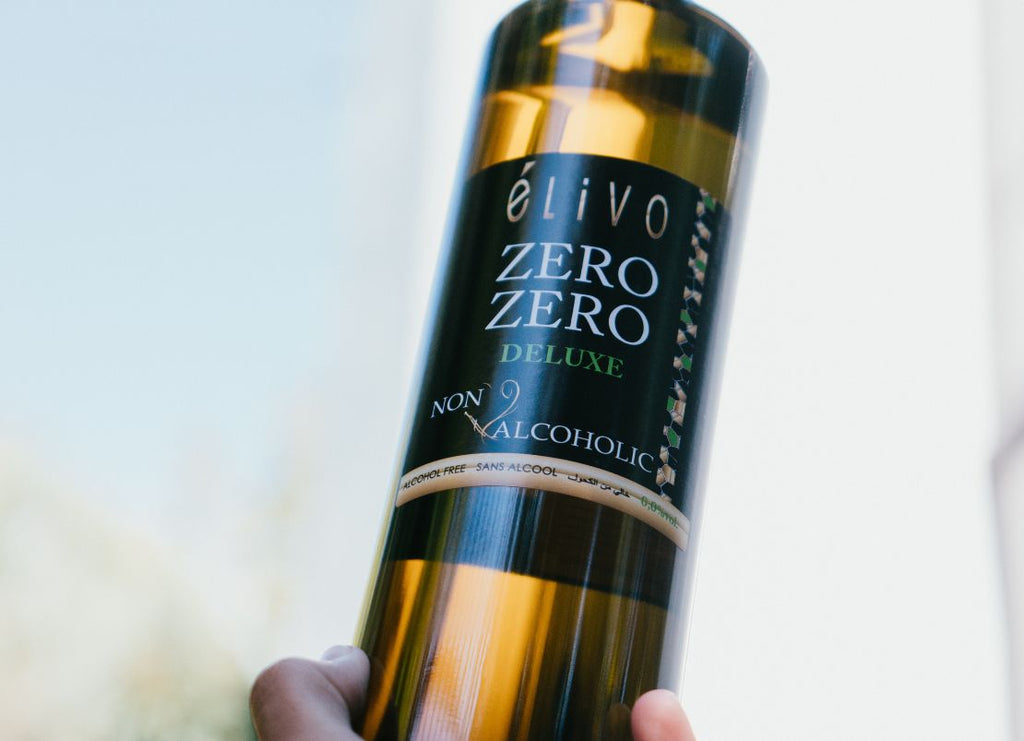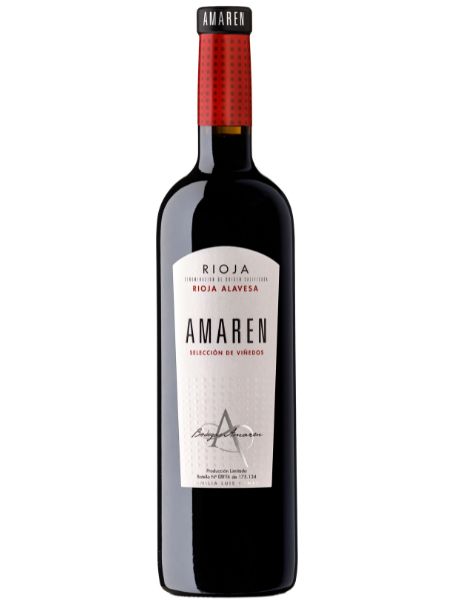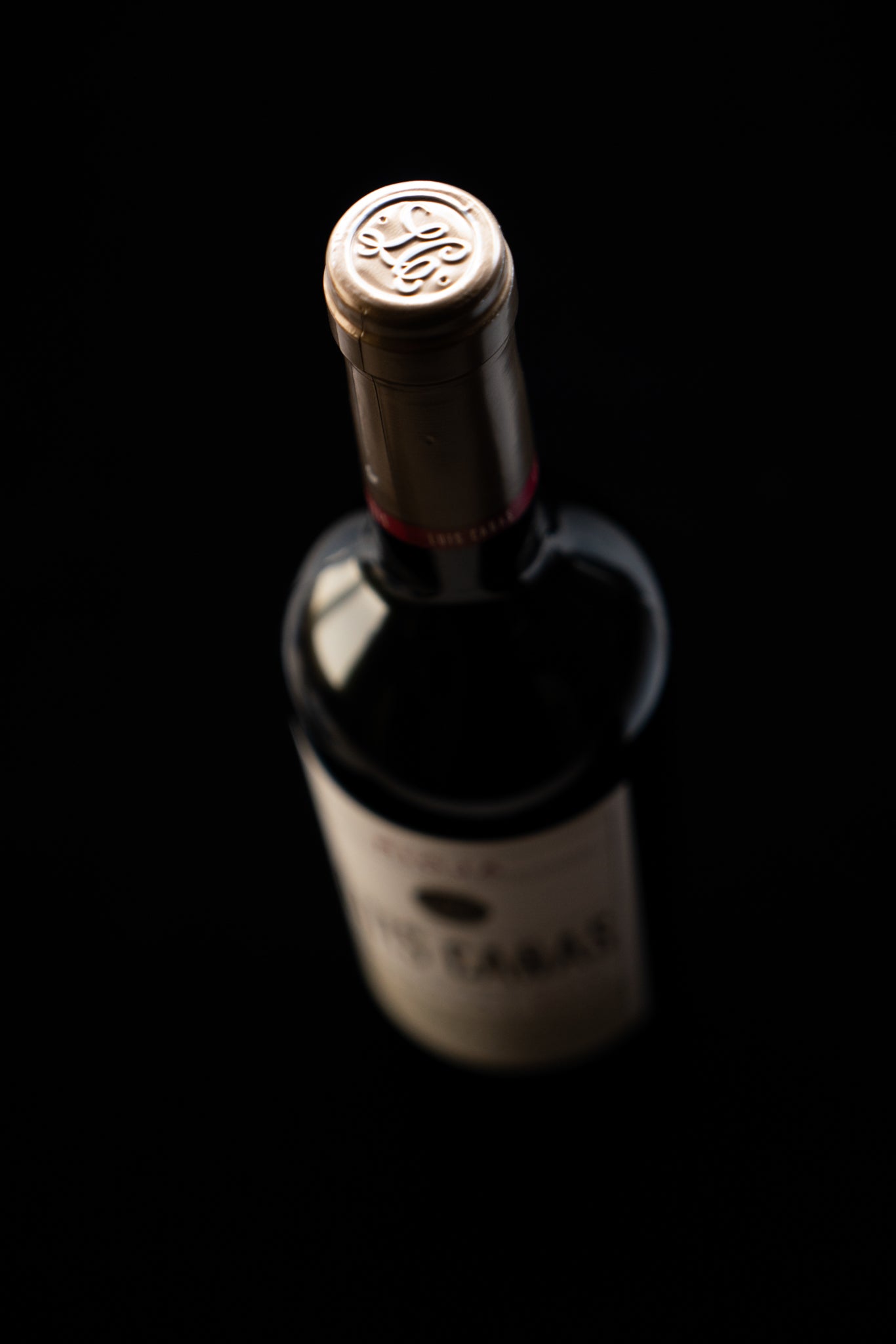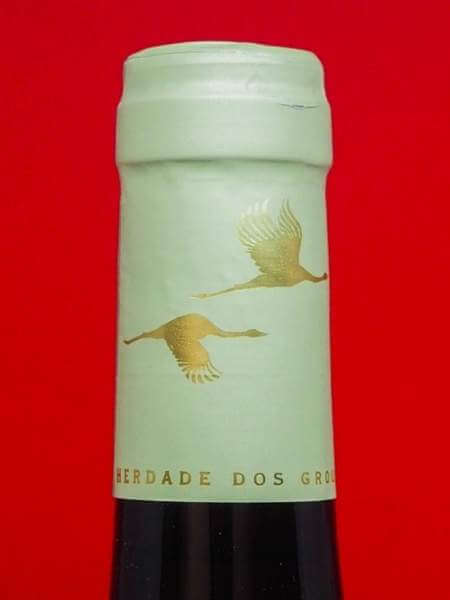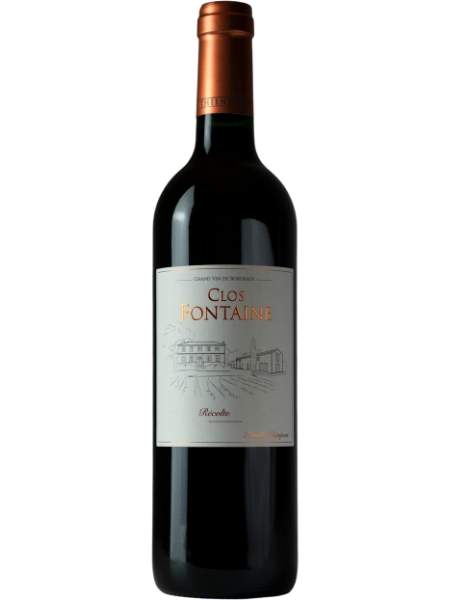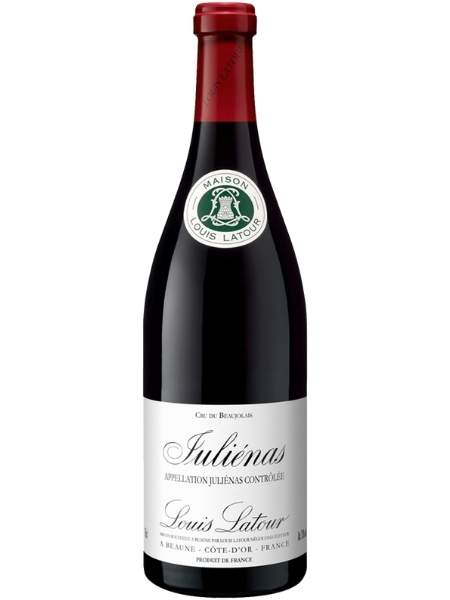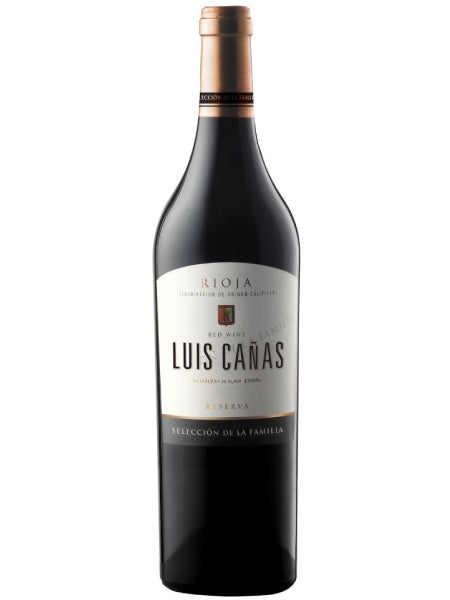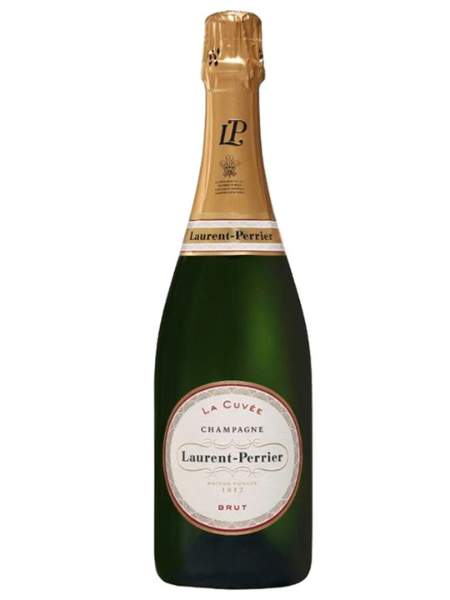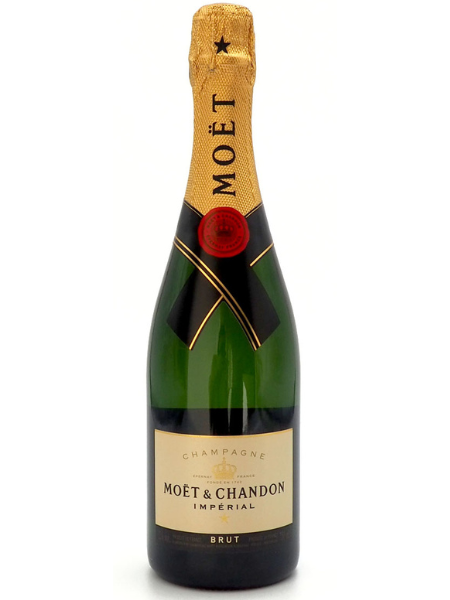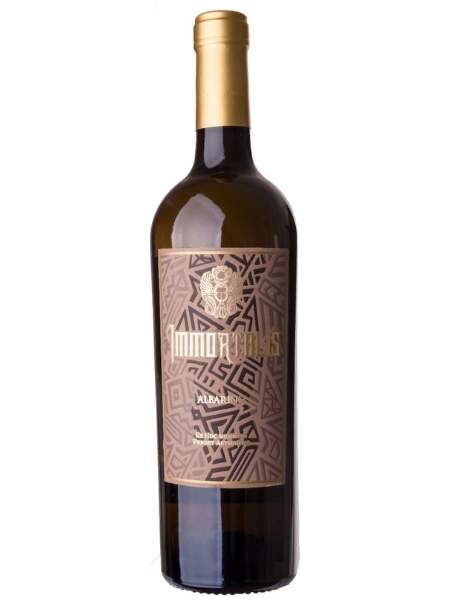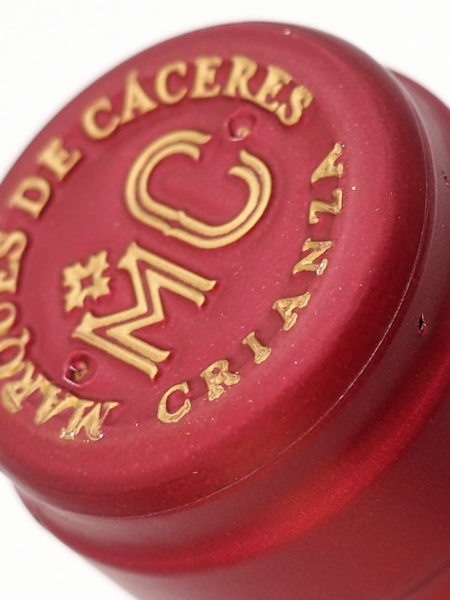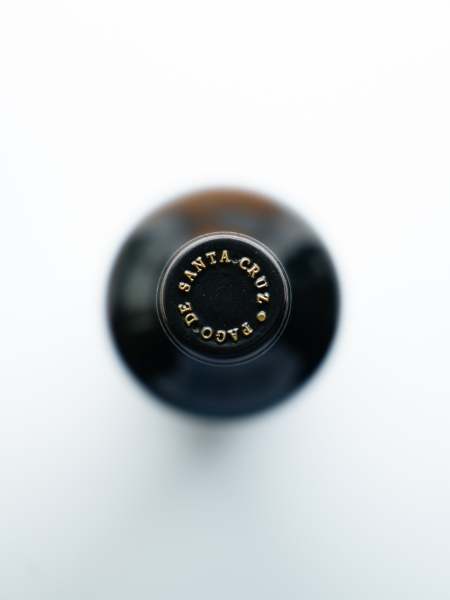
From Wine to Glass: Exploring the Wine Making Process

The art of wine making is a tradition steeped in history, passion, and the pursuit of flavour. From the sun-drenched vineyards of Italy to the fertile valleys of the American West, wine making is a craft that has been honed over centuries. In this post, we'll take a closer look at the wine making process, highlighting key stages from grape harvest to the final product, and peek into the world of some of the most renowned wine regions, including Spanish wines, French wines, Italian wines, Portuguese wines, and American wines.
The Journey from Vine to Bottle
1. Grape Harvest
The wine making odyssey begins with the grape harvest, a crucial step that significantly impacts the quality of the wine. The timing of the harvest is vital; winemakers must ensure grapes reach the perfect balance of sweetness, acidity, and flavour. Regions like Portugal and France are known for their meticulous approach to grape harvesting, perpetuating their legacy of producing some of the finest wines in the world.
2. Crushing and Pressing
After the harvest, the grapes undergo crushing and pressing - a process that frees the juice from the skins. Modern wineries use mechanical presses for this purpose, carefully managing the amount of pressure to extract the juice without releasing bitter tannins from the grape skins. This stage is where the foundation for the wine's character is laid.
3. Fermentation
The fermentation process is where the magic truly happens. Here, the grape juice is transformed into wine through the action of yeast. Yeast converts the sugars present in the juice into alcohol and carbon dioxide, imbuing the liquid with various flavours and aromas. Whether it's the intense, robust flavours of Italian wines or the smooth, balanced notes of Spanish wines, fermentation is a key determinant in the wine's final profile.
4. Clarification
Following fermentation, the wine is cloudy and contains various particles that need to be removed. Clarification involves settling, filtering, and fining the wine to ensure it's clear and vibrant. Winemakers often use this stage to further refine and influence the wine's taste and texture.
5. Aging and Bottling
The last stage in the wine making process is aging and bottling. Some wines are bottled immediately, but many are aged in barrels or tanks to allow their flavours to develop further. French wines, in particular, are renowned for their meticulous aging processes, often using oak barrels to add complexity and richness. Once the wine has aged to the winemaker's satisfaction, it's bottled, corked, and, finally, ready to be enjoyed.
The Legacy of Renowned Wine Regions
Each wine region offers something unique, from the robust, earthy tones of Portuguese wines to the elegance and sophistication of French wines. American wines bring innovative techniques and bold flavours, while Italian wines pride themselves on their rich history and diversity. Understanding the wine making process sheds light on the incredible skill and dedication behind every bottle.
Whether you're a seasoned wine enthusiast or a novice eager to explore, the world of wine offers an endless array of tasting opportunities. Through exploring the wine making process, we gain a deeper appreciation for the craft and the myriad factors that influence the final taste in our glass.
From vineyard to vine, from crushing to sipping, the wine making process is a testament to the artistry and science of winemaking—a celebration of culture, tradition, and the irresistible pursuit of flavour. Embark on a sensory adventure with our curated selection of Spanish Wines, French Wines, Italian Wines, Portuguese Wines, and American Wines. Discover the magic that turns simple grape juice into an exquisite elixir. Cheers to the wonderful world of wine!


